Week 16: Limited Skills and Limited Access to Technology Part 1
LOC 16: Recognize the importance of digital literacy for their students who have limited skills or limited access to technology
Learning Objectives
By the end of this week, participants will be able to:
- 16.1 – Identify the pros and cons of digital literacy
- 16.2 – Investigate reasons why using a computer is an important learning tool
Materials Needed This Week
Here is a list of materials you will need while completing this week:
- Writing utensils
- Highlighters
- Ruler
- Sticky Notes
- Dictionary/Glossary booklet
- Handwritten Wisdom Journal
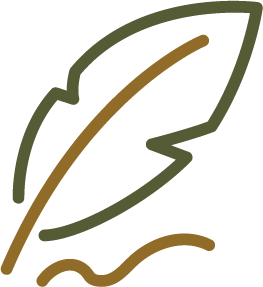
- Blank paper
- Computer/laptop
Key Terms
Add these key terms to your personal dictionary/glossary booklet. These important key terms will be used throughout module 4, week 16. If there is no link attached to the definition, be assured that the term will be defined throughout the week. We encourage you to further investigate the definitions in order to expand your knowledge.
- Digital literacy
- Limited technology skills
- Limited technology access
- Hardware
- Software
- Bring Your Own Device (BYOD)
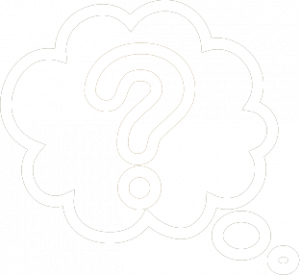 Questions to Consider
Questions to Consider
1. What is digital literacy?
2. What are some essential elements of digital technology that you can incorporate into your practice?
3. How can digital literacy change or hinder the learning process?

“Education is learning what you didn’t even know you didn’t know.”
— Daniel J. Boorstin
 Review
Review
Consult the following resources and interpret the necessary information with your preferred method of note-taking.
Activity
Before starting this week, take a moment to reflect on these questions.
Video: The essential elements of digital literacies: Doug Belshaw at TEDxWarwick (17:28)
Click here for a video transcript in .docx format: Video Transcript
ABC Life Literacy Canada: Digital Literacy (article & infographic)

“A computer does not substitute for judgment any more than a pencil substitutes for literacy. But writing without a pencil is no particular advantage.”
— Robert McNamara
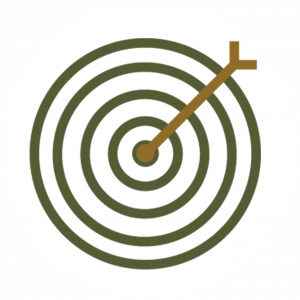 Identify
Identify
Consult the following resources below to locate the important information on this week’s topic.
Framework for Digital Literacy:
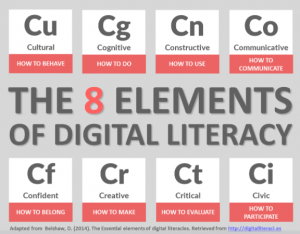
What is ‘digital literacy’ – Dr. Doug Belshaw (PDF)
Digital & Media Literacy Fundamentals (articles)
Digital Literacy Has 8 Essential Elements (blog)
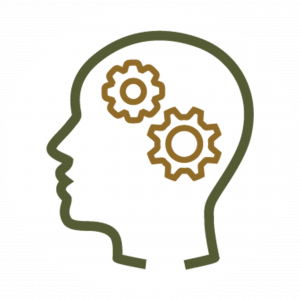 Develop
Develop
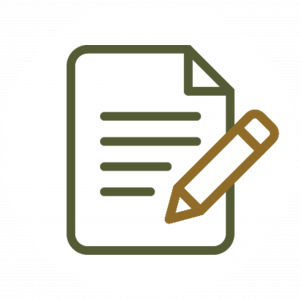 Apply
Apply
Task
Here are some in-class strategies for you to try:
- Team-up technology partners – those in your class who have the technology skills to those who are just learning
- Arrange email pen pals within your class.
- Have students test their digital knowledge by preparing and delivering a digital lesson to the class. Example – How do you navigate Google?
- Use this Technology Learning Goals (PDF) self-assessment tool that will provide you with a reference point to approach learning about digital literacies in the individual adults in your classroom, as well as for your students to put digital literacies that they want to try to learn on their technology learning goals list.
 Take Away Toolbox
Take Away Toolbox
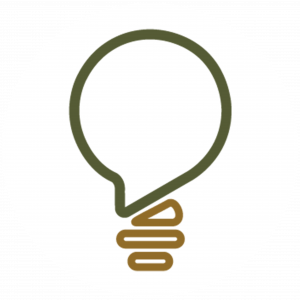 Reflect
Reflect
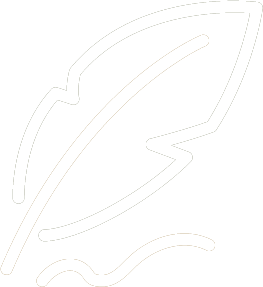 Handwritten Wisdom Journal
Handwritten Wisdom Journal
A Wisdom Writing Journal is a way to notarize your learning journey throughout the weeks during all the modules in this course. It will also permit you to demonstrate that no technology is required to focus on reflective practice. There is a variety of writing journal tools that you can choose from that require technology, however, throughout this course, it is important that you experience and model a no-technology required method in order to relate to those students that have limited or no access to technology.
Take advantage of jotting down your thoughts, frustrations, joys, aha moments, and new information acquired as the result of your hard work. Critical reflection time required at the end of each week will be a culminating result of YOUR own personal Learning Narrative.
Using your own personal writing journal, write an entry for this week’s prompts:
- Did you know about the essential elements while teaching digital literacy?
- What would you like to investigate further in regard to digital literacy?
- What are some of your learning goals with digital literacy?
- Based on the information that you have learned this week, how would you review, identify, develop, apply, and reflect?
Note: Be sure to justify each of your answers or comments.
Optional Resources
These resources are not required to be viewed; however, they give further information on this week’s topics:

